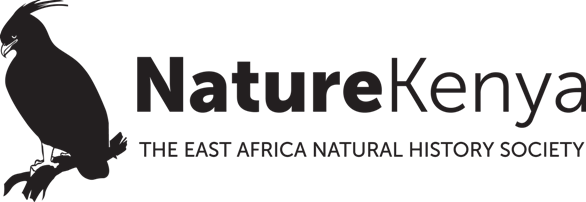The Tana River Delta (130,000 ha) is one of the most important wetlands in Africa. It lies on the Kenya coast between Malindi and Lamu. The delta is the second most important estuarine and deltaic ecosystem in Eastern Africa and a Key Biodiversity Area. Recognition of the delta as an Important Bird and Biodiversity Area (IBA) and a designated Ramsar site further underscores the ecological importance of this ecosystem. (A Ramsar Site is a wetland site designated of international importance under the Ramsar Convention.)
The delta supports a number of endangered primate, marine turtle and plant species as well as rare fish, amphibians and reptiles. A vast number of migratory and resident waterbirds are dependent on seasonally flooded grasslands and Borassus palm savannah that covers some 70,000 ha in the heart of the Tana Delta. The delta’s mangrove forests provide important spawning grounds and nurseries for fish and shellfish.
The delta is also a source of livelihood for communities, providing dry season grazing areas, fertile farmlands and rich fishing grounds. Despite its immense importance, the delta is threatened by resource use conflict between pastoralism, farming and conservation.
Nature Kenya in 2011 led a collaborative effort of various stakeholders in the development of a Tana River Delta Land Use Plan that was guided by a Strategic Environmental Assessment. The process was concluded in 2015. The land use plan has since been approved and adopted as a policy by the Lamu County government. In May 2016, the Tana River Delta Land Use Plan won the Royal Town Planning Institute’s International Award for Planning Excellence.
The land use plan seeks to promote a balance in the use of the delta. It involves regulated access, wise use and improved rangeland management that will lead to improved sustainable livelihoods, security and equity, and biodiversity conservation. The success of the award-winning land use plan is dependent on its effective implementation. Implementation includes enhanced capacity of government, communities and the private sector to drive policy change, and to balance the rights, responsibilities and benefits of sustainable land management and conservation.
Nature Kenya has now moved to the implementation phase of the Tana Delta Land Use Plan. This is made possible with funding from the Darwin Initiative for a project called “Balancing water services for development and biodiversity in the Tana-Delta”. The four-year project started in April 2017 and will end in March 2021. It promotes the Community Conservation Areas (CCAs) approach which is perhaps the most practicable way in which Kenya’s vast natural resources can be conserved and a pathway out of poverty for the poorest of the population. This approach puts Kenya on course to deliver both key articles of the Convention on Biological Diversity and also many of the Sustainable Development Goals.
The project’s overall objective is to support 45 villages and two County Governments to balance water use for development and biodiversity by establishing a community conservation area of over 95,200Ha at the Tana River Delta. The desired outcome is to demonstrate how communities and county governments can use natural resource governance to reduce conflict amongst communities and conserve biodiversity. Key activities for the project include an ecosystem services assessment for the CCA, livelihoods activities targeting 200 households within the CCA, and establishment of a community led governance structure for the CCA. Conservation areas within the CCA will be identified and management plans developed in consultation with all stakeholders. The project also seeks to explore sustainable financing options to generate carbon-credits and expand incipient ecotourism ventures to complement the Tana River and Lamu County Governments’ revenues.
The project will directly benefit 35,000 and indirectly benefit 120,000 people dependent on the Tana Delta. In the long term it will benefit 1.12 million people, as the Government of Kenya plans to replicate the Land Use Plan process at Yala Swamp, Lake Naivasha, Lake Turkana, and the Nyando and Nzoia River Basins.
The project implementation partners include the Tana Delta Conservation Network (TDCN) and Tana Planning Advisory Committee (TPAC), who are local beneficiaries. These two partners act as grassroots agents for change towards sustainable land management; and also the ‘voice of communities’ for engaging and negotiating with the county governments, national government and other partners. Other local partners include Community Forest Associations (CFAs), Water Resource Use Associations (WRUAs) and Beach Management Units (BMUs).
